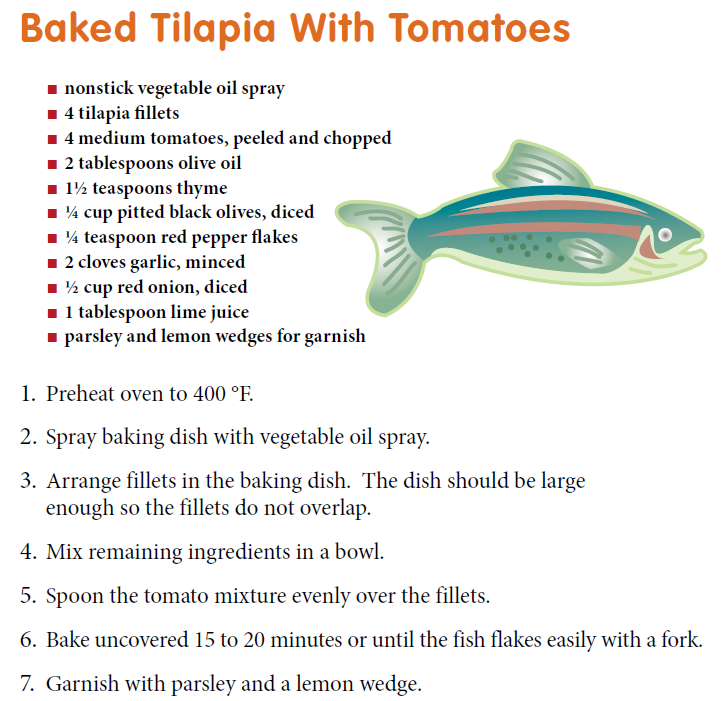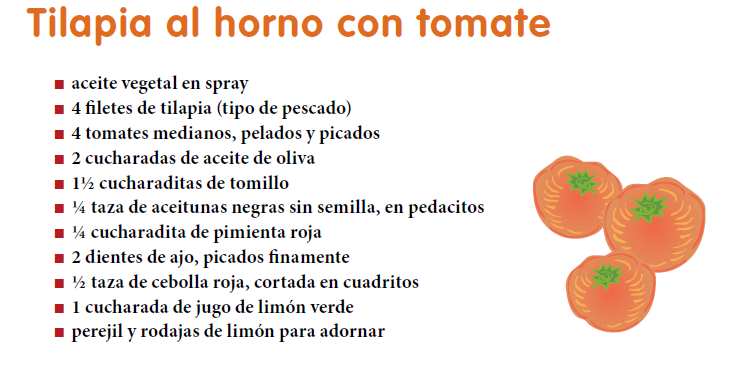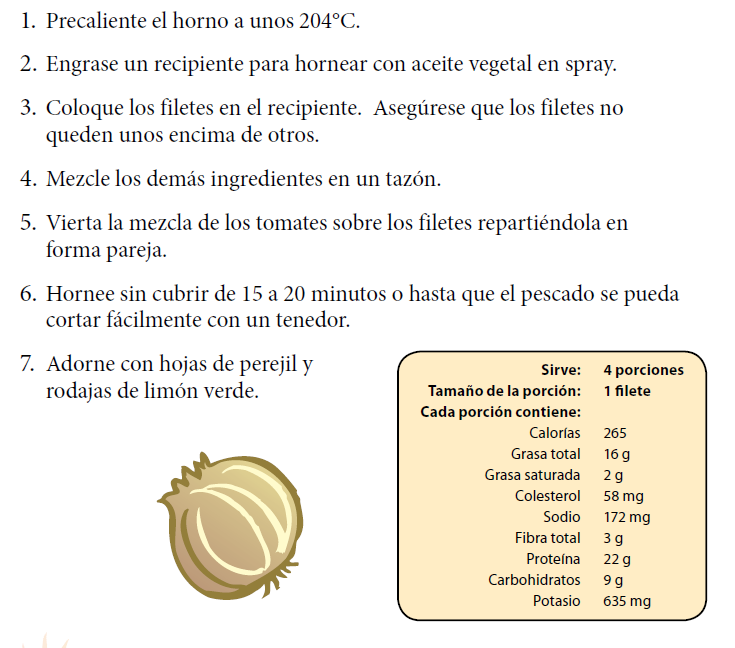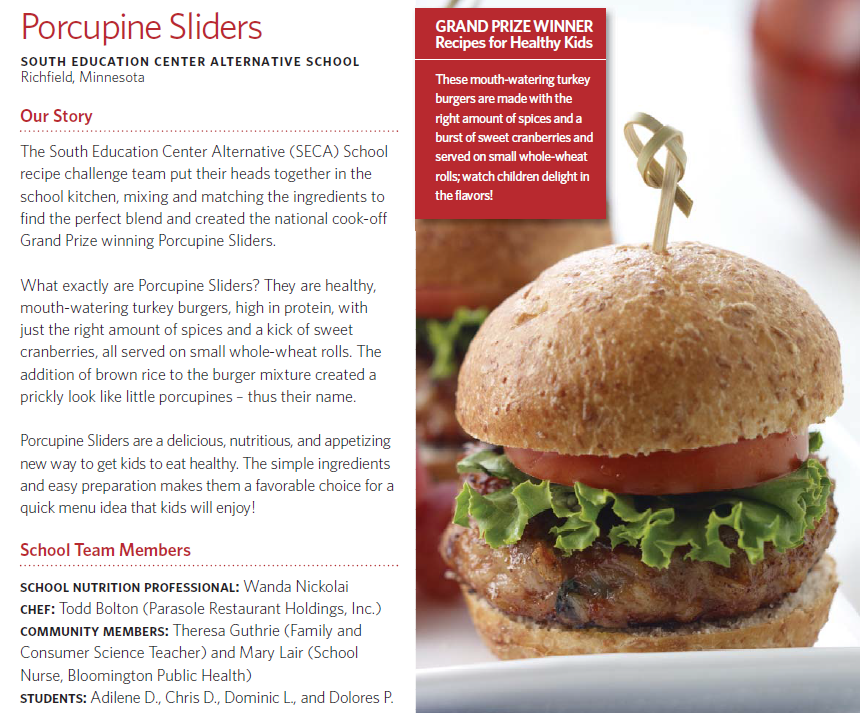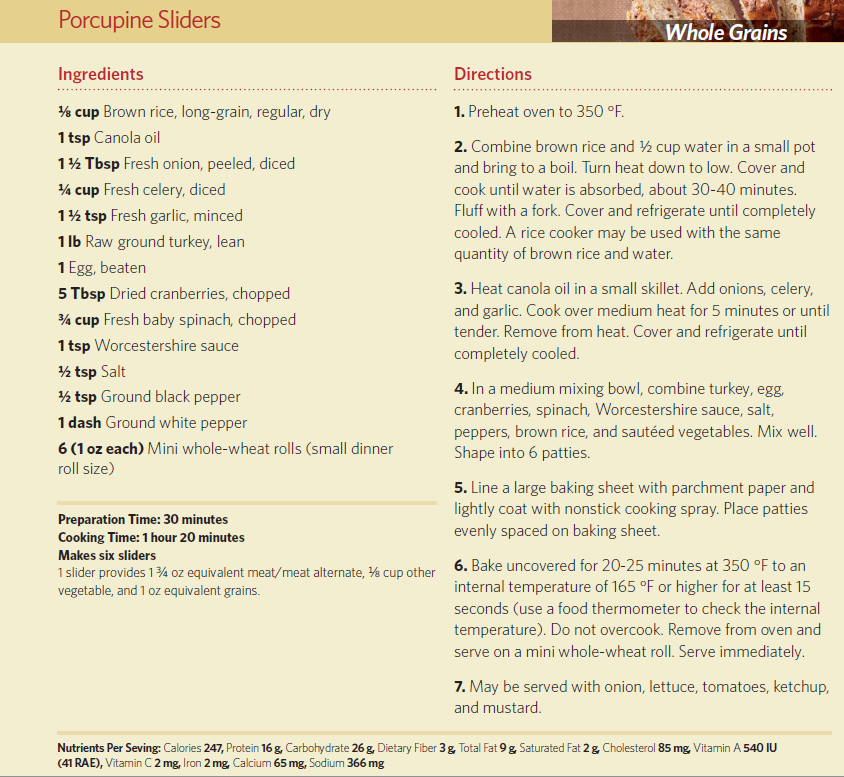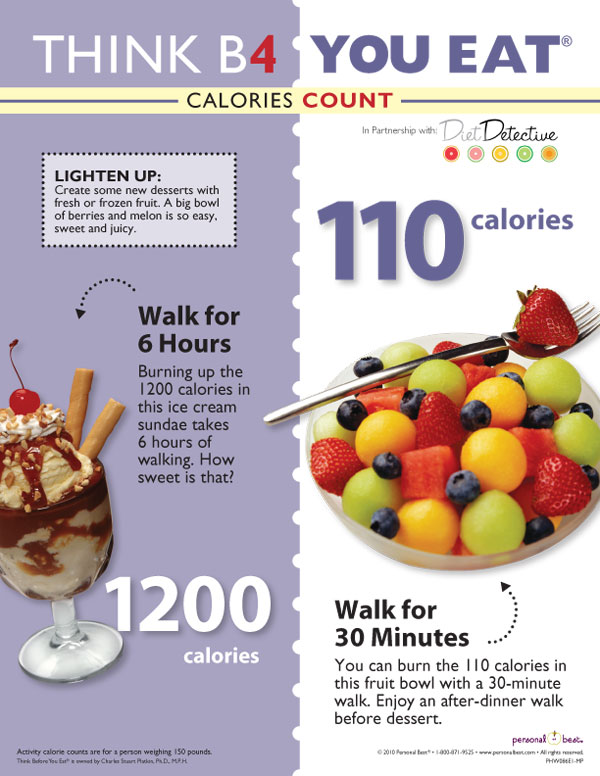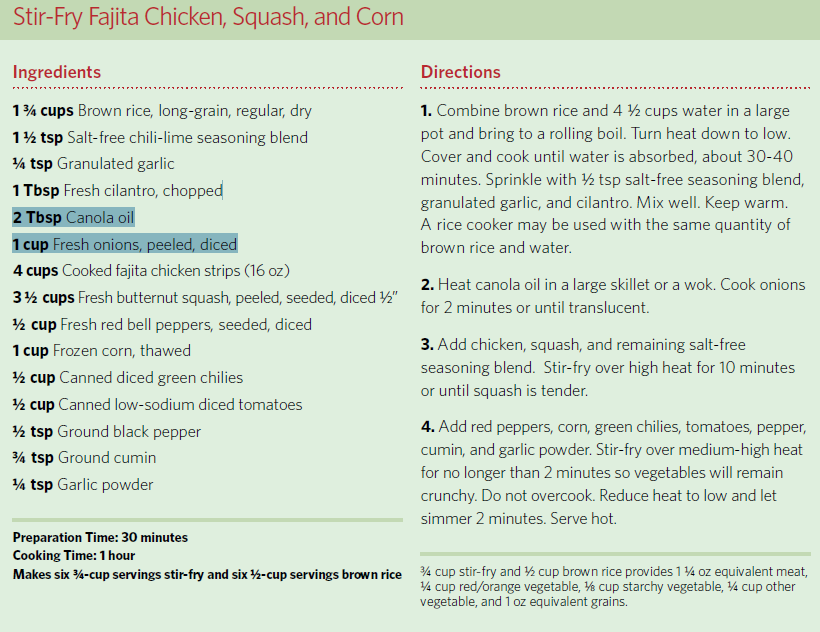
Makes six ¾-cup servings stir-fry and six ½-cup servings brown rice
1. Combine brown rice and 4 ½ cups water in a large pot and bring to a rolling boil. Turn heat down to low. Cover and cook until water is absorbed, about 30-40 minutes. Sprinkle with ½ tsp salt-free seasoning blend, granulated garlic, and cilantro. Mix well. Keep warm. A rice cooker may be used with the same quantity of brown rice and water.
2. Heat canola oil in a large skillet or a wok. Cook onions for 2 minutes or until translucent.
3. Add chicken, squash, and remaining salt-free seasoning blend. Stir-fry over high heat for 10 minutes or until squash is tender.
4. Add red peppers, corn, green chilies, tomatoes, pepper, cumin, and garlic powder. Stir-fry over medium-high heat for no longer than 2 minutes so vegetables will remain crunchy. Do not overcook. Reduce heat to low and let simmer 2 minutes. Serve hot.
https://blogs.butler.edu/healthyhorizons/wp-admin/post.php?post=5687&action=edit
¾ cup stir-fry and ½ cup brown rice provides 1 ¼ oz equivalent meat, ¼ cup red/orange vegetable, V cup starchy vegetable, ¼ cup other vegetable, and 1 oz equivalent grains.

